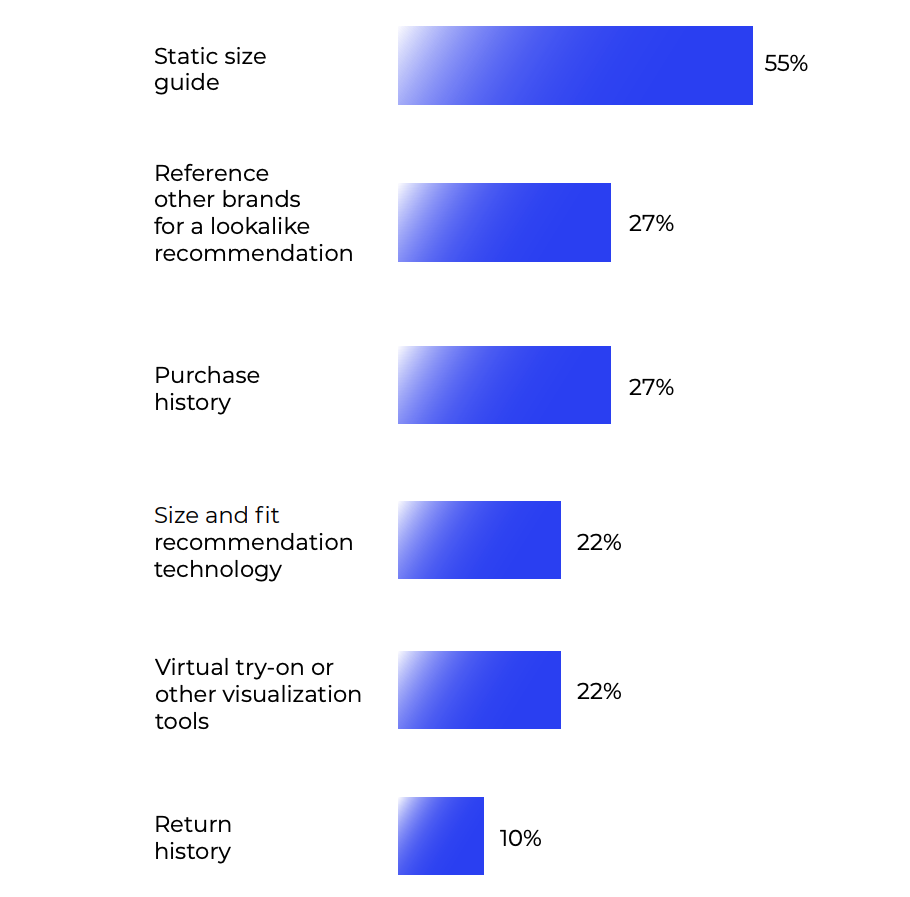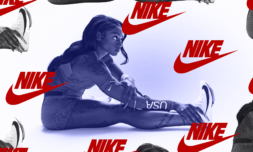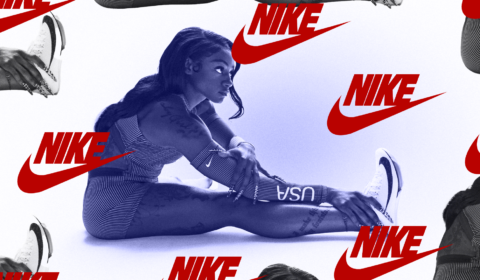Amidst ongoing criticism that fashion has a sizing problem, the industry is finding itself hard-pressed to provide shoppers with a solution that doesn’t simply cater to dominant consumer groups.
A narrow range of sizing options has long hindered the fashion industry, an industry that often resorts to ‘vanity sizing’ whereby clothes are actively labelled a size smaller so brands are able to mislead buyers to believe they’re thinner than they actually are. Leaving consumers feeling effectively exiled from both mainstream and luxury stores, the current size scale is discriminatory and forces people to fit into a box that simply wasn’t made for them.
Given that the average woman experiences approximately 31 size changes during her adult life, and the average man 24, it’s unsurprising that shoppers continue to push for more expansive offerings.
However, while these problems may seem easily solvable, the process of finding an appropriate fit continues to persist, primarily because brands are struggling to come up with a solution that caters to all.
‘The system is broken right now,’ says co-founder of Unspun Beth Esponnette. ‘Brands are always trying to reach the maximum number of people so they’re targeting the dominant group and marginalised people are being ignored.’
As things stand, it’s no secret that the fashion industry has a poor grasp of customer sizes, particularly because brands continue pushing outdated body standards they assume customers want to be associated with. Centring heavily on this failure to ditch the status quo, the debate over sizing has reached something of a boiling point, but one underlying question is still yet to be answered. What, if anything, can be done about it?
Proposed time and time again, the introduction of a universal size chart that doesn’t vary between labels provides an instant and logical way of combatting this confusion, but it still fails to meet the needs of specific size cohorts.
‘Using a mathematical formula is a very fast and established way of doing it, but it’s also very careless,’ says Esponnette. ‘The [resulting sizes] actually suit a very small number of people.’ In order to achieve a range of more diverse shapes and measurements therefore, two progressive options have recently emerged for brands: burgeoning technology designed to transform how we shop online and the return of made-to-measure clothes.
Amidst an era in which changing rooms are giving way to e-commerce shopping, it makes sense that tech companies would be quick to jump on the bandwagon. Acknowledging that guiding shoppers to the right sizes during the earliest stages of browsing is now a top priority, as it boosts repeat purchases and dramatically reduces costly returns, a growing number of new ‘apparel tools’ are being developed. ‘Being able to provide recommendation tools to a customer is extremely important for digital because they provide a level of personalisation similar to what you might get in a higher-end store,’ says Heidi Zak, CEO of ThirdLove, a brand that uses a quiz tool to identify the right size based on responses to a series of detailed questions. ‘It’s that idea of trying to re-create an in-store experience but doing it online,’ she adds.
From visualisation tools which allow shoppers to virtually ‘try-on’ clothing through an augmented reality mobile app to 3D scanning technology which performs a full scan of a consumer’s body and identifies their size with a unique level of accuracy, the list of associated tech is endless.
An additional win-win in terms of sustainability is that they also help brands stock the correct amount of inventory and avoid excess. Unfortunately, however, a recent report shows that almost 80% of brands and retailers still aren’t using the technology that could very clearly help them address some of their biggest challenges, leaving just one alternative.























